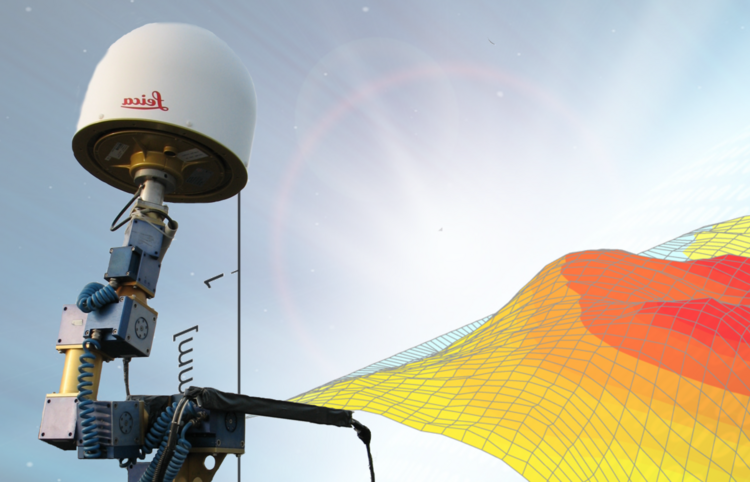Finished Research Projects
Verbesserte Positionierung und Navigation durch konsistente Multi-GNSS Antennenkorrekturen

| Led by: | Prof. Dr.-Ing. Steffen Schön |
| E-Mail: | schoen@ife.uni-hannover.de |
| Team: | Dipl.-Ing. Tobias Kersten |
| Year: | 2012 |
| Funding: | BMWI | 50NA1216 |
| Is Finished: | yes |
Overview
The calibration of GNSS antennas remains unbroken a highly topical research area. This is evident, for example, through a variety of publications in recent years and by the completion of two new calibration units (National Geodetic Survey, NGS, Boulder USA and district Government Cologne/ University of Bonn). The work is carried out by exemplary and relevant applications, for example in precision landing approaches and precise positioning in active reference station networks such as SAPOS or IGS networks.
Objectives of the project
In this context, the antenna calibration is embedded according to the Hannover method for multi-GNSS in a consistent consideration of all the influences of errors in the reception equipment.
The project 50NA0903 (Von der Komponentenkalibrierung zur Systemanalyse) has already successfully shown that
- the methodology of the calibration of the antenna phase center variations on other frequencies and GNSS systems (here GLONASS) has been expanded,
- the determination of elevation-dependent group delay for code observations was determined and implemented for the first time and
- signal strength reference curves has been determined.
Based on these results, the overall objective of this project is the investigation of the effects of the phase center variations on the precise positioning and navigation, and thus complement the subject on the GNSS Antenna calibration meaningful.
Recommendations on how to use multi-GNSS applications in conjunction with the calibration values and the development of rules of thumb for the user to estimate the complex relationships between certain parameters and correction values are included in particular.
The work will be carried out by exemplary and relevant applications such as precision landing approach and precise accurate positioning in active reference station networks as SAPOS or IGS networks.




